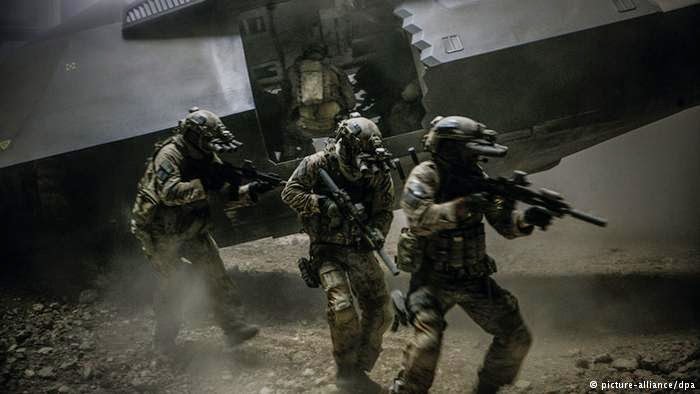The ten must do's of Scrum
It's a bit risky having a ten of anything these days.... There was a time when a title like the 'Top ten movies' or 'Top ten reasons your career is going wrong' would have sold, but recently I've noticed a definite trend towards the number five '5 Must have's on your CV' if you don't believe me go check out LinkedIn you'll be sure to find a top 5 story but never a top 10.... It seems a little like dumbing down to me!
However if you're doing Scrum there is in my opinion 10 must do's! actually perhaps 11 or 12.
Five of these are meetings (sometimes given the rather grand title of ceremonies) and six are artefacts.
So, What are the five meetings:
1. Sprint Planning - Takes place at the start of each sprint, The team meet with the product owner to discuss the next set of highest priority items from the 'Product backlog'.
The result of this meeting is a 'Sprint Backlog' which contains the stories broken down into tasks, the team agree with the product owner the commitment for the sprint and a sprint goal. This ceremony should be time boxed and as a rule of thumb 2hours for every week of a sprint.
2. Daily scrum - Also known as the 'Standup' and possibly the most famous of the Scrum meetings. The team meet for a maximum of 15 minutes per day with the scrum master and answer three very important questions:
1. What did I do yesterday?
2. What will I do today?
3. What problems or issues do I have
These questions are so important that I have them printed on a card and passed around the group to keep things focused - The daily standup or The Dysfunctional Standup Game
3. Sprint Review, AKA the demo - This takes place at the end of each sprint. The team meet with the product owner and stakeholders to demonstrate the working software produced during that sprint - The sprint review
4. Retrospective - Occurs at the end of each sprint, I usually do mine on the second Thursday of the Sprint (partially down to meeting room availability) The team meet with the scrum master and look at what went well and what could be improved - The Retrospective
5. Product Grooming - This a chance to meet up with the product owner and 'groom' the back log. The Product owner is responsible for developing the high-level stories to describe the product vision and maintaining the backlog - But I find it good to run story writing workshops with the team to further break them down and to estimate stories using planning poker or at a high level - Affinity estimation This can be one meeting per sprint but I find it works better to have several meetings a sprint, some with the product owner, team or a mix of both.
And the 6 the artefacts:
1. Vision Statement - Every organisation needs a Vision Statement these days and a project is no exception! It's vital for everyone involved to know what they are aiming for. It should be simple and straight to the point but describe the product vision and what's be aimed for in the next release - Product Vision
2. Product Backlog - This is the list of all the known requirements for the system. This list must be prioritised and estimated - The product backlog is always in flux and can be changed and re-prioritised as the project needs.
3. Sprint Goal - The Vision for the current sprint and an agreement between the team and the product owner - Sprint Goal
4. Sprint Backlog - The team break the product backlog stories down into tasks to be completed this sprint.
5. Impediments - I still call mine a risks register (I know of some in the Agile community who'd have me shot for borrowing the term!) All things that are slowing you down or stopping the development process are identified and prioritised. This can be at daily scrums or in team retrospectives but I usually find it best to keep up to date daily.
6. Sprint Burn-down - A visual representation of the teams progress for the sprint. This allows the team, scrum master and other interested parties to see the current progress. I also usually keep a Product burn-down.
And thats it The 10 must do's! or is it 11? Although I actually have 12 but I didn't want to call this article the '12 Must.....' well you get the idea why not!
7. I always maintain a Task board (or information radiator) – It allows me to be transparent with the team and stake holders and also serves to promote some interest by other teams - Information Radiator
And there you have it.... The ten must do's of Scrum! Or was it 12 in the end?
